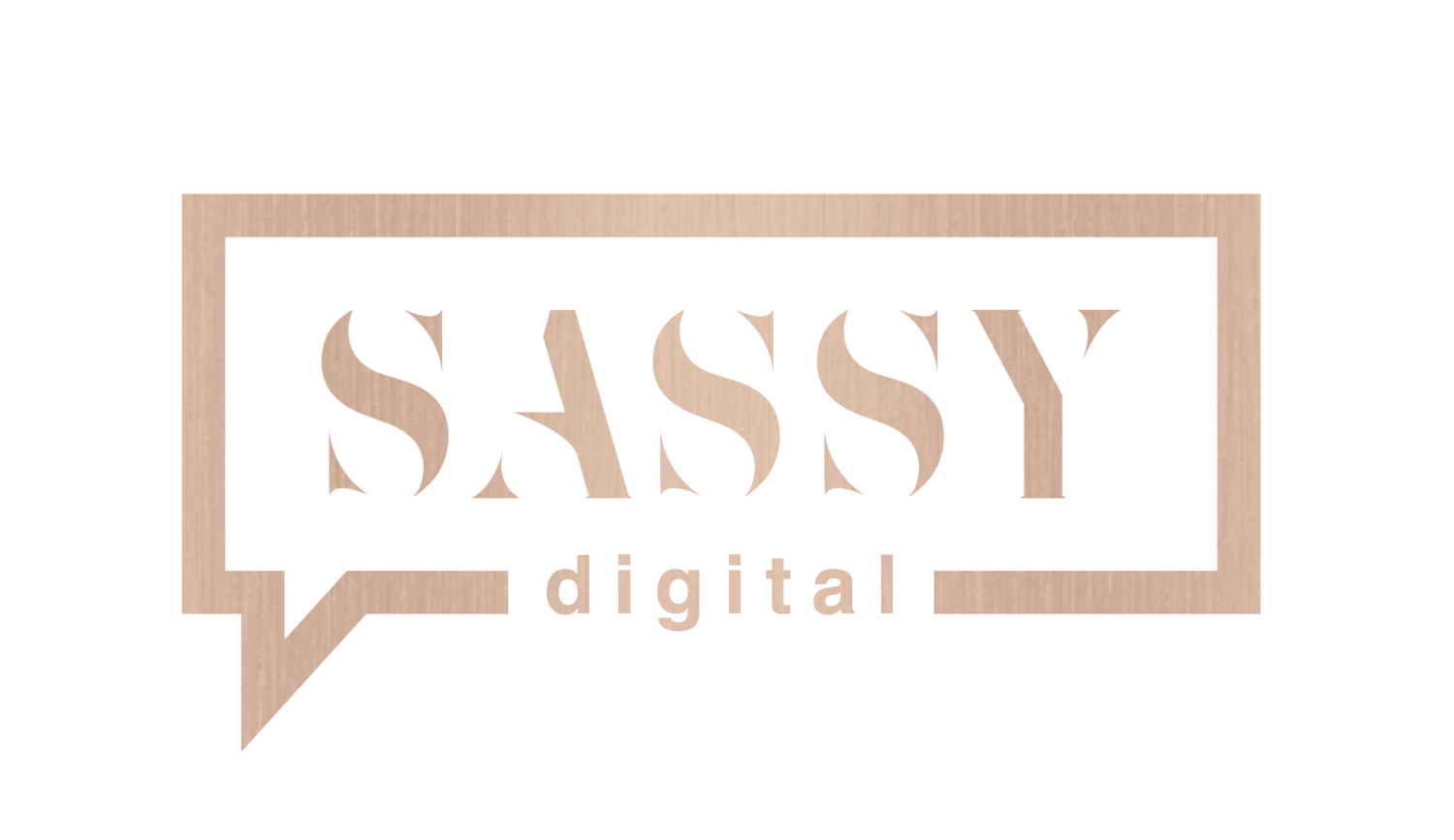How To Leave Full Time Employment

So, you want to work for yourself? Whether you’re looking to become a freelancer or begin your own business, most people probably take this decision during full time employment.
But how do you actually make a plan to exit full time employment and go full time on your own project?
The first thing you should know is that you shouldn’t compare your journey to anyone else. If you look at other entrepreneurs, it may seem that what they’ve done is easy - but the fact is that most people struggle for the first few years while they’re trying to land on two feet.
Most people end up working part time or relying on help from others, so whatever you do don’t feel bad for having to support yourself, or asking for help.
Here’s my top tips for leaving full time employment:
1. Work behind the scenes
If you can try to build your business plan or client base while you’re still in full time employment, it will make your transition easier.
Most people spend their time working in the evenings on their business idea before leaving work. Your aim here is to get to a point where you can’t physically do anything to advance your dream venture if you’re still working full time for someone else.
Of course, if you’re planning to go and do something similar freelance it might state in your contract with your work that you can’t work for anyone else. It’s not the end of the world if you’re not able to do any physical work but you can begin to network with potential clients by attending events.
2. Set a time line
My top tip is to do some life planning. Leaving work is a big, scary commitment and for most people it’s just a dream. Set yourself a timeline that will give you plenty of time to prepare for setting up your business and leaving work. If you’ve got a date in the diary it will make it easier for you to get your head around and it won’t feel so big and scary.
If you’ve ever heard of asking the universe for things, this is the time to do it. Keep telling yourself you’re leaving in 6 months and it will happen!
You’ll also have some time to save emergency living funds if you can anticipate when you’re going to leave.
3. Decide on an escape plan
Once you’ve decided on a date you’re going to leave, start goal setting so that you achieve everything you need to before leaving work and progressing to the next stage of your plan.
If you’ve set a date to leave full time employment but when that date comes you haven’t done any work then it might not be feasible to leave.
Getting all of this work done will mean giving up evenings and weekends - but let’s face it - this is the best preparation you can give yourself for running a business where working evenings and weekends will be inevitable.
4. Support yourself
Once you’ve left you’ll need to find a way to support yourself. When I left full time employment to start Sassy Digital I was thankful that I was living at my parents house and I didn’t have many outgoings. But I started my business when I was 22, if I was to do it all again at 25 this might not be an option!
I have plenty of friends who started their own businesses and worked for a few years part time before being able to go full time.
The biggest tip here is have no shame.
There’s nothing wrong with working somewhere part time you think you’re over qualified for - they actually might teach you a lesson or two. For example working part time in a shop can teach you customer service or working as a receptionist can teach you great phone skills.
If it means achieving your dream and paying your rent - suck it up.
5. Cashflow
Getting to know your cashflow once you’re up and running will allow you to know whether you can afford to pay yourself a full time salary or not.
If you’re selling a physical item then your cashflow will become your best friend and you may not be able to pay yourself for a while. However, if you’re a services based business without many outgoings then you’ll find that you will be able to pay yourself a salary much earlier than other businesses.
Personally, I had my first major client for a few years which was almost like a part time job. A darn good one at that - I got to eat healthy food all day long and attend photoshoots and events and much more. When she needed someone full time I found another client who could support my salary and my business grew from there.
Within a ten months I had enough clients to take on a full time member of staff - I’d already employed two part time members of staff but I needed more help!
To get to where I am I’ve had to go out less, see my friends less, and spend more time at home - but this has meant growing my business faster.
Leaving work will come with sacrifices, but in the end it will be well worth it!
Do you have any questions? Comment below! Or message me on Instagram @lucyhitchcock_ @sassydigital
